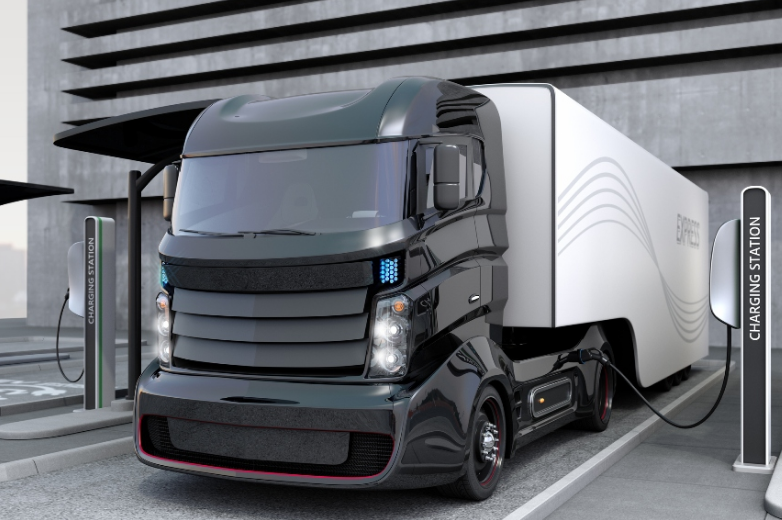CA Greenlights Utility Effort to Electrify Transport
The California Public Utilities Commission has authorized four utility programs with a collective budget of $738 million to “accelerate widespread transportation electrification,” as required by a landmark clean energy law adopted in 2015. This marks the nation’s single largest investment by the electric industry to eat away at Big Oil’s longtime monopoly over transportation fuels.
Diverting billions of gasoline and diesel fuel dollars that would otherwise go to oil companies can help lower transportation fuel bills—and also utility bills because electric vehicles can be charged when there is spare capacity in the electric grid. This spreads the costs of maintaining the grid over more sales, putting downward pressure on electric rates to the benefit of all utility customers.
Today’s decision authorizing new full-scale programs follows the approval earlier this year of 15 different pilot programs to electrify transit buses, school buses, cranes, agricultural trucks, delivery trucks, airport equipment, and other vehicles, with a collective budget of $43 million.
The pilot programs will run for about a year each, while the full-scale programs will be implemented over the course of several years. They all stem from the same 2015 clean energy law and they all emphasize deployment in disadvantaged communities that have historically been exposed to dangerous levels of air pollution, largely from the gasoline and diesel vehicles these programs will displace.
Per today’s decision, California’s major investor-owned utilities will help electrify a broad swath of the transportation sector, which is the largest source of pollution in the state.
Pacific Gas & Electric (PG&E) will:
- Deploy electrical infrastructure to support approximately 300 Direct Current fast-charging stations for passenger vehicles, with a budget cap of $22 million
- Provide charging infrastructure to support customers investing in medium and heavy-duty electric vehicles of all types (trucks, buses, cranes, forklifts, etc.), with a budget cap of $236 million
Southern California Edison (SCE) will:
- Provide charging infrastructure to support customers investing in medium- and heavy-duty electric vehicles of all types (trucks, buses, cranes, forklifts, etc.), with a budget cap of $356 million (a significantly bigger budget than PG&E’s comparable program, reflecting the SCE’s service territory is the epicenter of the network moving the nation’s goods and suffers disproportionately from diesel pollution as a result)
- Implement new time-of-use electric rates designed for high-power charging of light, medium, and heavy-duty vehicles, which encourage charging when the grid is underutilized and which phase in demand charges over time, improving the economics of high-power charging
San Diego Gas & Electric (SDG&E) will:
- Provide upfront rebates and installation services for up to 60,000 customers to install charging stations at home. The charging stations will include embedded electric meters that will allow customers to use a dynamic rate that encourages charging when renewable energy is abundant and electricity prices are the lowest
The approval of these programs reflects the support of a broad and diverse group of stakeholders who participated in the commission’s public process to review the proposals.
As required by state law, the commission has determined those programs are in the interest of utility customers because they promise to provide benefits in the form of safer, more reliable, or less costly service. Widespread transportation electrification can spread fixed utility system costs over more electric sales, putting downward pressure on electricity rates, and it can also lower the costs of integrating wind and solar generation.
by Max Baumhefner
Senior Attorney, Clean Vehicles & Fuels, Climate & Clean Energy Program
Category: General Update, Green, News










